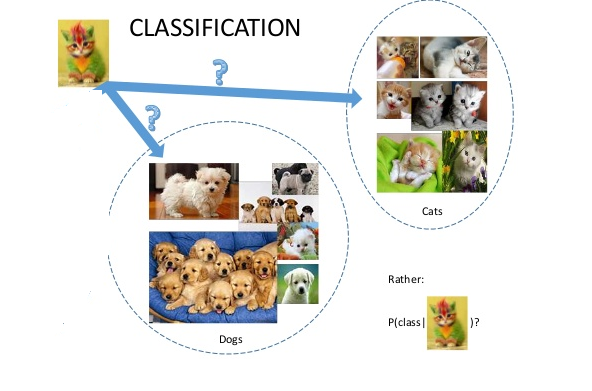Introduction to Machine Learning: A brief concept overview
You would have come across the terms “Machine learning” (or Data mining), or cognitive intelligence, “big data” or “data science” and wondered what they actually are. You might have used some tool or package in your job for data analytics, data modeling etc. but you don’t really know the underlying principles for it. Machine learning is a buzzword everyone is claiming to work upon. To be honest, now it is everywhere around you. Google search, e-mail spam filters, fraud detection, fingerprint sensor on your phone, Google Now, Siri – all use machine learning in some form or the other. My goal at the end of this series is to make you curious about machine learning and give you an intuition how machine learning works.
To begin with let’s understand what really machine learning is. There is no standard definition for machine learning. All the different authors have different definitions. We will be using definition by Arthur Samuel. He defined machine learning as “Field of study that gives computers the ability to learn without being explicitly programmed”.1 To explain it further, one doesn’t write logic or algorithm to do a certain task (and one doesn’t even know how). It is the computer which uses its prior learning to execute the task. Think if you have 10 pictures each of cat and dog and now you are given a new picture to identify if it is a cat or dog. You can do the task in blink of an eye but think how the algorithm would do it. How will you write a code explaining what a cat is and what is not a cat. Look at the image in figure 1 and think if you can write code to tell which one is dog.

Figure 1 : To be or not to be2
The example above is most basic problem studied in machine learning. To solve such kind of problem, we start with a list of “observations”. For machine learning, an observation is generally the description of an object or a situation. In above we had pictures as observations.

Figure 2: Sherlock Homes3
Consider the Example in figure 2. In our example we have two categories “cat” and “dog”. Now let’s redefine the problem we are trying to solve. We have a list of annotated observations (i.e. Pictures for which we know if it is a ‘cat’ or ‘dog’) and a non-annotated observation (i.e. image for which we don’t know if it is a ‘cat’ or ‘dog’). Our goal is to put this new observation in its correct place (or ‘class’).
The problem we discussed above comes under ‘Classification’. We will discuss the techniques to solve these kinds of problems in the subsequent series. We will also introduce more such problems which we can be solved via machine learning.
Footnotes
1 Simon, Phil. Too Big to Ignore: The Business Case for Big Data. John Wiley & Sons, 2013.
2 “One Dog and Three Cats @ VIR4L.com.” 2011. 23 May. 2016 http://vir4l.com/one-dog-and-three-cats/
3 “Deep learning from a novice perspective – presentations.” 2015. 23 May. 2016 http://www.slideshare.net/123rockingani33/deep-learning-from-a-novice-perspective




Amazing article. Eagerly waiting for next in series.